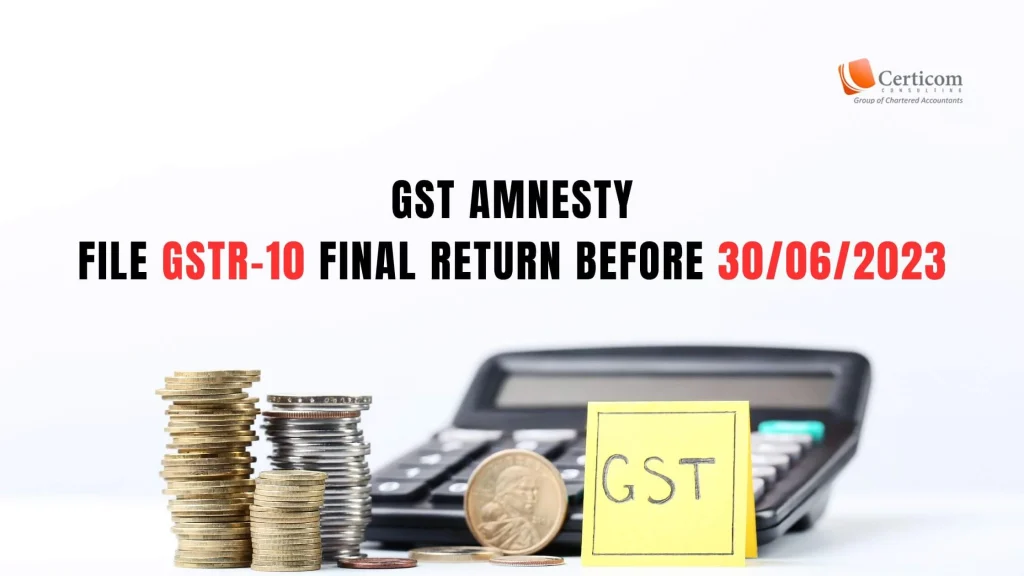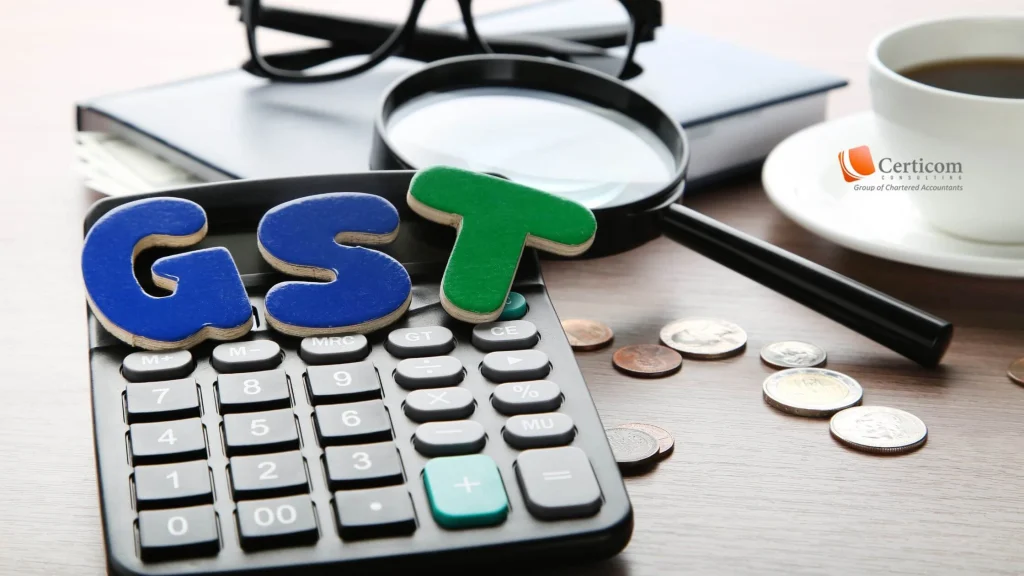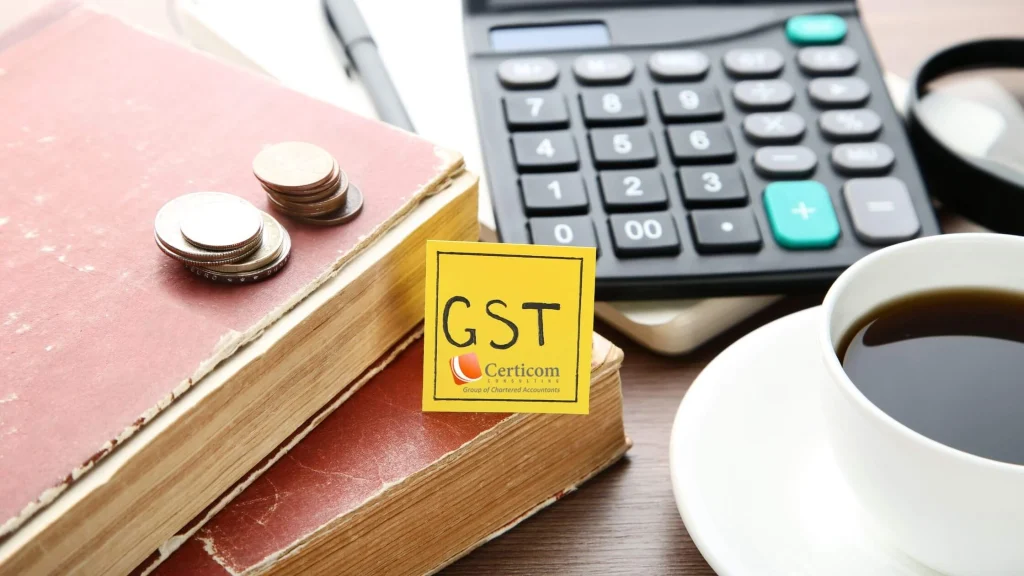GST AMNESTY: FILE GSTR-10 FINAL RETURN BEFORE 30/06/2023

GST Amnesty Scheme to File GSTR-10 FINAL RETURN as notified by Notification No. 08/2023–Central Tax Dated: 31st March 2023.
GSTR-10 Form under GST Act 2017
The GSTR-10 form is a return form filed under the Goods and Services Tax (GST) Act of 2017 in India. It is also known as the Final Return form. GSTR-10 is applicable to taxpayers who have canceled their GST registration or their registration has been deemed as canceled by the tax authorities.
GSTR-10 is required to be filed within three months from the date of cancellation or the date of order of cancellation, whichever is later. The GSTR-10 Final Return is a declaration of the closing stock held by the taxpayer on the cancellation date and any liabilities or credits associated with it.

Here are some key points regarding the GSTR-10 form:
1. Purpose
The GSTR-10 form is used to provide details of stock held by the taxpayer on the date of cancellation or deemed cancellation of their GST registration. It is essentially a final statement of the taxpayer’s tax liabilities and input tax credit (if any) after the cancellation of registration.
2. Filing Timeframe:
The GSTR-10 form must be filed within three months from the date of cancellation or date of cancellation order, whichever is later.
3. Eligibility
This form is applicable to both regular taxpayers and composition scheme taxpayers who have opted for cancellation of their GST registration.
4. Information Required
The GSTR-10 form requires the taxpayer to furnish details of closing stock held on the date of cancellation, including inward supplies, outward supplies, input tax credit availed, and liability payable. It also includes information regarding advances, if any, received in relation to future supplies.
5. Payment of Liability
The taxpayer needs to pay any outstanding tax liability as calculated in the GSTR-10 form. This liability includes any tax, interest, or penalty payable.

6. No Amendment
Once the GSTR-10 form is filed, it cannot be amended. Hence, it is crucial to ensure accurate reporting of information.
7. Finalization of Proceedings
The filing of the GSTR-10 form signifies the completion of the cancellation process and concludes the taxpayer’s obligations under the GST regime.
It’s worth noting that the specifics and requirements of GST forms may be subject to updates and changes. It is advisable to refer to the official GST portal or consult with a qualified tax professional for the most up-to-date and accurate information regarding GST-related matters.
Non Filing of GSTR-10 Form consequences under GST Act 2017
Non-filing of the GSTR-10 form, or the Final Return, under the GST Act 2017 can have certain consequences for taxpayers. Here are the potential consequences for failing to file GSTR-10:
1. Penalty for Late Filing
If a taxpayer fails to file the GSTR-10 form within the stipulated time frame, a late filing penalty will be levied. The penalty is typically Rs. 100 per day of delay, subject to a maximum of Rs. 5,000. The penalty amount is applicable for both regular taxpayers and composition scheme taxpayers.
2. Interest on Outstanding Liability
In addition to the late filing penalty, if there is any outstanding tax liability mentioned in the GSTR-10 form, the taxpayer may be liable to pay interest on the delayed payment. The interest is calculated on the outstanding amount and the number of days of delay, as per the applicable interest rate.
3. Risk of Tax Department Scrutiny
Non-filing of the GSTR-10 form may draw the attention of the tax authorities. This could result in a scrutiny of the taxpayer’s records and transactions, leading to potential investigations or audits.
4. Inability to Obtain Tax Clearance
Failing to file the Final Return may prevent the taxpayer from obtaining tax clearance certificates. This could impact future business operations, such as obtaining loans or participating in government tenders.
5. Legal Consequences
Continual non-compliance with GST filing requirements, including the GSTR-10 form, may result in legal actions and proceedings by the tax department. This could lead to further penalties, fines, or other legal consequences.
It is important to note that the consequences may vary depending on the specific circumstances and the tax authorities’ discretion. It is advisable to meet the filing obligations under the GST Act and seek guidance from a qualified tax professional to ensure compliance with the applicable laws and regulations.
Amnesty Scheme
An amnesty scheme, also known as a voluntary disclosure scheme or tax amnesty, is a government initiative designed to encourage taxpayers to come forward and declare any previously undisclosed or underreported tax liabilities. Such schemes aim to increase tax compliance by providing certain benefits and concessions to taxpayers who voluntarily disclose their tax liabilities and pay any outstanding taxes.
The main features of an amnesty scheme typically include:
1. Waiver of Penalties and Interest
Under an amnesty scheme, the government may offer complete or partial waiver of penalties and interest on the disclosed tax liabilities. This encourages taxpayers to rectify their noncompliance without facing severe financial consequences.

2. Limited Look-Back Period
Amnesty schemes often have a limited look-back period, during which only a specific number of past tax periods are considered for assessment. This helps provide relief to taxpayers who may have substantial outstanding tax liabilities over an extended period.
3. Confidentiality and Immunity
Taxpayers who avail themselves of the amnesty scheme are often provided with confidentiality regarding their disclosures. Additionally, they may be granted immunity from prosecution or legal actions related to the disclosed tax liabilities.
Read More: CBIC ROLLS OUT AUTOMATED RETURN SCRUTINY MODULE FOR GST RETURNS FOR FY 2019-20 ONWARDS
4. Time-Limited Opportunity
Amnesty schemes are typically introduced for a limited period. This creates a sense of urgency for taxpayers to come forward and disclose their tax liabilities within the specified timeframe.
It’s important to note that the specific details and provisions of an amnesty scheme can vary from country to country and can be subject to change over time. If there is a specific amnesty scheme introduced under the GST Act after my knowledge cutoff, I recommend referring to the official notifications, circulars, or updates from the tax authorities or consulting with a qualified tax professional for accurate and up-to-date information
Related Post
Form 16: Key to Accurate ITR Filing
Cost Inflation Index for FY 2025-26: Impact on LTCG Tax
Book A One To One Consultation Now For FREE
How can we help? *




